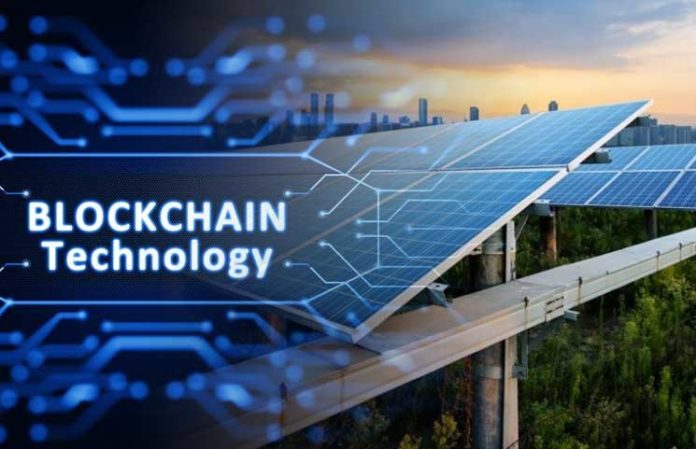Renewable Energy - Electric Mobility
dedicated crypto coin
VoltPotCoin is a revolutionary innovation of 2020. Its essential meaning is to offer a decentralised payment method for renewable energy and electric mobility sectors.
It is the first decentralised Peer-to-Peer payment network for anyone looking for freedom, privacy and security, when it comes to renewable energy and electric mobility trade. Without any control from central authority or middlemen, VoltPotCoin is the money for Your Green Energy. Its original purpose is providing all people with universal currency for different operations and it is expected to be used for many other transactions than those strictly related to electric energy. Its crucial feature is that there is no need in third party actions as people make peer-to-peer (P2P) payments in minutes, unlike credit cards which can take up to days or weeks to process payment.

Advantages:

Fast and Easy
There are two fast ways to get VoltPotCoins : with a credit card or on an exchange platform.

Simple steps to Get Started
Our Windows Voltpotcoin Wallet allows you to send and receive Voltpotcoins, as well as mining Voltpotcoins yourself.

Safe & Secure
Get receiver's address in your wallet, specify the amount, confirm and send.
FAQ
A: Voltpotcoin started as a Proof-Of-Work coin based on Bitcoin model in 2020 and migrated to a Proof-Of-Stake model in 2021. VoltPotCoin has been developed by VOLTPOT® ltd., as a component of our “Social Energy Network” project ( www.voltpot.com ) and is designed to work as the “First Virtual Battery” on Earth, for renewable energy.
A: Voltpotcoin mining refers to the mining of gold, but its digital form. Voltpotcoin “mining” process, in its initial Proof-Of-Work form, was demanding insanely high energy volumes. Once Voltpotcoin migrated to Proof-Of-Stake with Masternodes model, “mining” became “staking” which gives users the opportunity to find new Voltpotcoins using just a tiny fraction of the energy a Proof-Of-Work coin needs. On top of this, Masternodes can provide a “passive rewards income” to their owners, without them even need to keep their wallet opened.
A: Voltpotcoins can not be “bought”. You can get Voltpotcoins by offering products and services via VoltPot Marketplace to other users.
Here’s an example: Have your own solar panels? Create your private EV Charging spot on voltpot.com map and share your solar energy excess with EV drivers in need of some “energy boost”. Get paid in VPC. Stake those VPC, get staking rewards, use them later to buy other products/services on Marketplace or just use them to charge your own EV if needed on another similar “charging spot” on VoltPot’s map.
Small VPC amounts can be earned by participating on VPC Faucet promotions and via airdrop events.
You can also get Voltpotcoins by supporting our project development via VPC DAO system. Voltpotcoin has implemented BIP65 protocol which makes it suitable for “atomic swaps” in the future, if this is something the community will decide being appropriate.
A: Voltpotcoin is a network operating by the three fundamental principles of technological freedom: Decentralization, Open Source code, and true Peer-to-Peer technology. Voltpotcoin’s trust is based on the subjective valuations of human faith in mathematical algorithms, encryption and numbers. With the three pillars of technological principles Voltpotcoin’s blockchain is a peer-reviewed system of integrity.
A: Voltpotcoin is legal in most jurisdictions in the world but there are a small number of nation states that have banned crypto-coins use, such as Ecuador. Wikipedia has a great guide on how crypto coins are treated in all the countries around the world and explains regulatory policies surrounding it. Regulations vary from one border to another, so you should always research your location’s laws before participating in the network. In its actual format, Voltpotcoin (VPC) works as a “utility token” and this takes it out of many actual Regulations applicable to many other crypto-assets which are looked at as financial instruments by various Regulatory Bodies.
